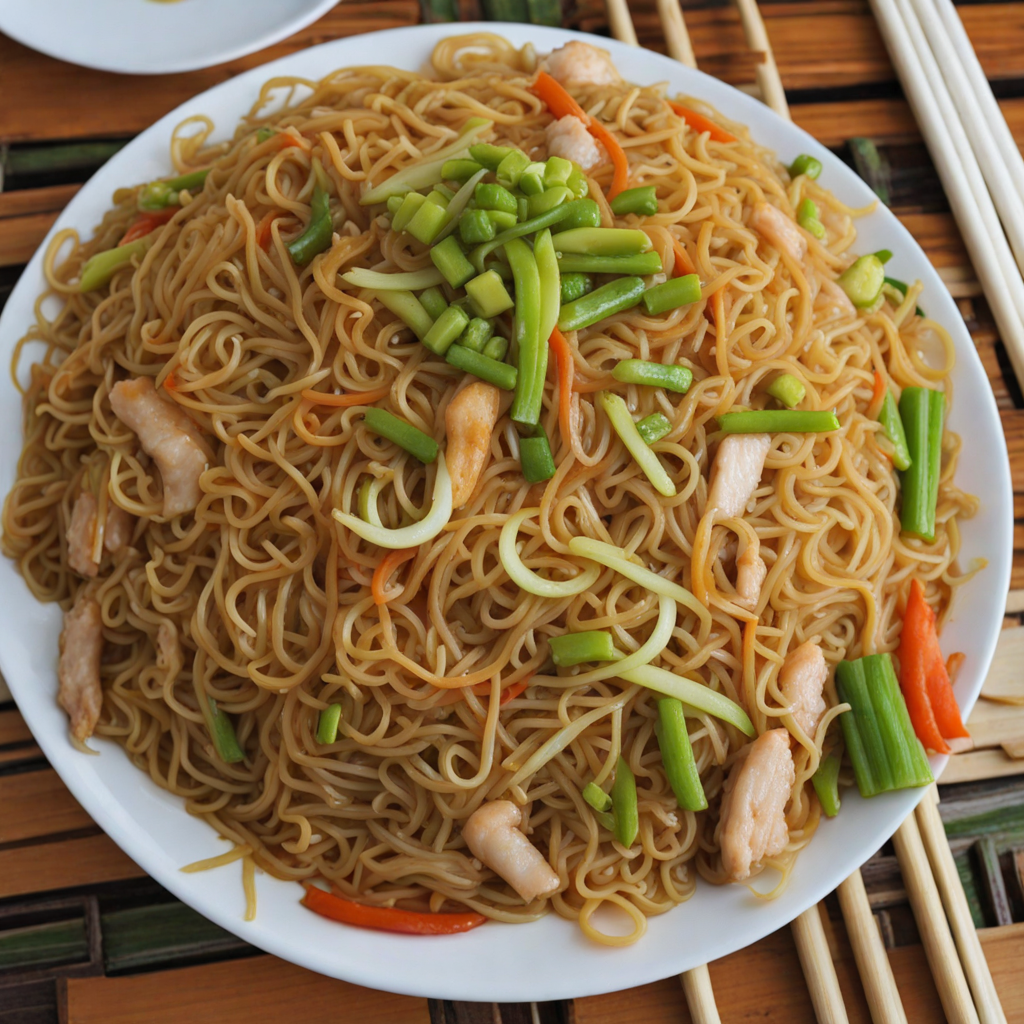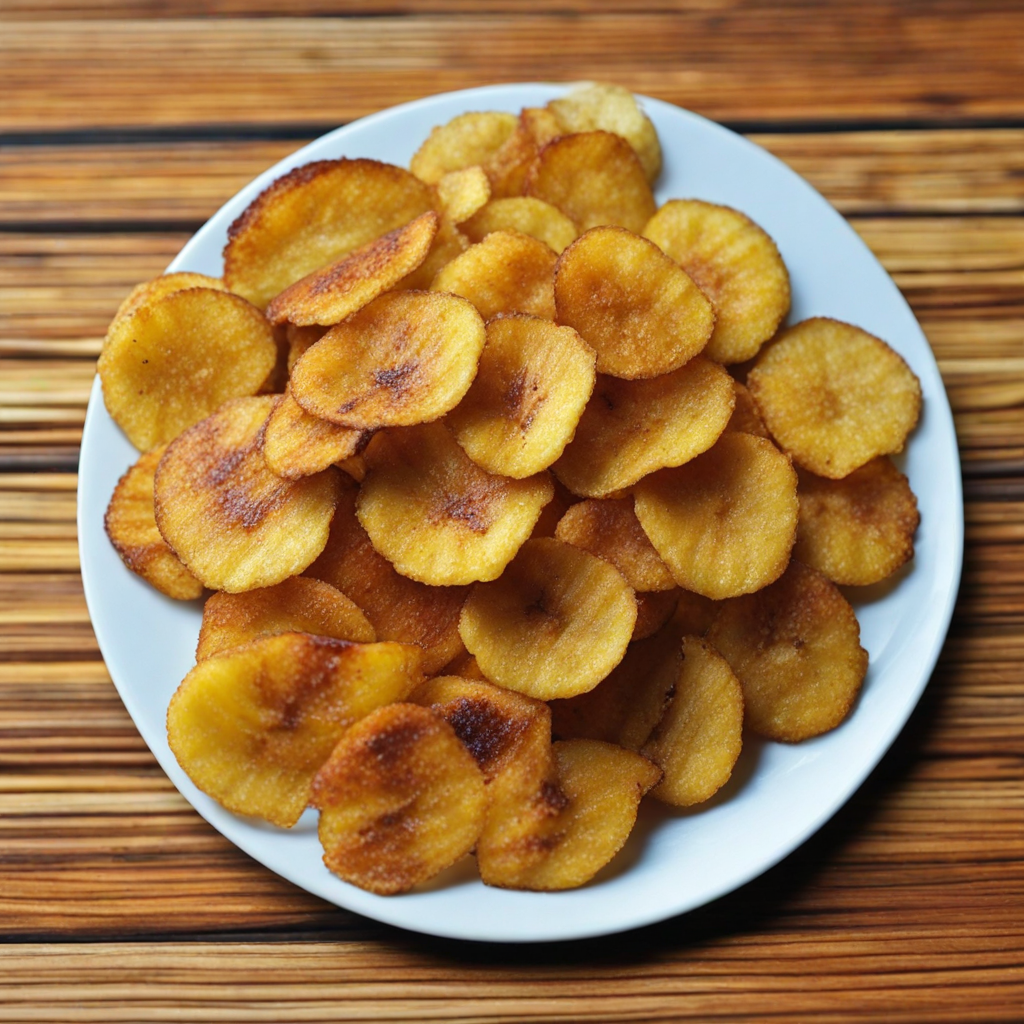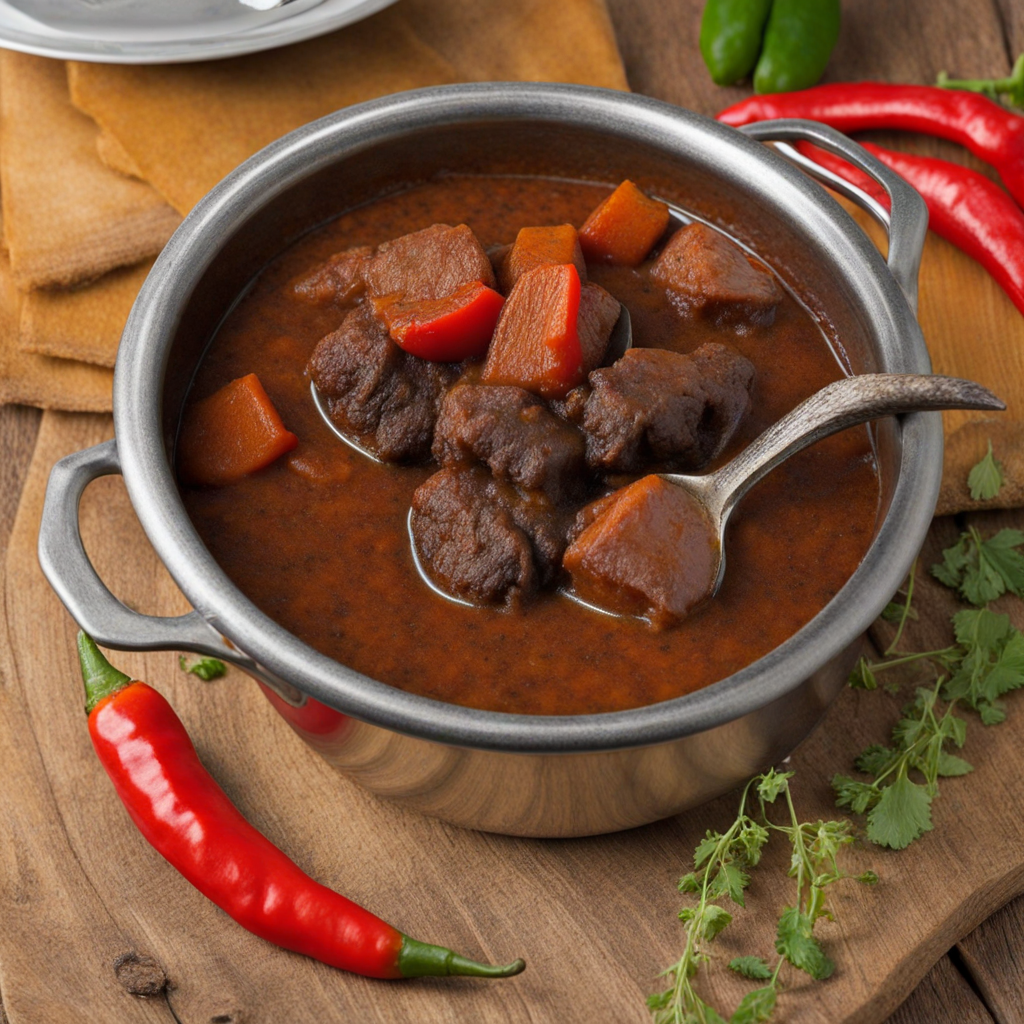Chow Mein
Chow Mein, a beloved dish in Guyana, is a delightful fusion of Chinese culinary techniques and Caribbean flavors. This stir-fried noodle dish features thin, yellow egg noodles that are cooked to a perfect al dente, then combined with an array of vibrant vegetables such as bell peppers, carrots, and bean sprouts. The vegetables not only add a splash of color but also contribute a crunchy texture that contrasts beautifully with the soft noodles. The dish is typically seasoned with soy sauce, garlic, and a hint of ginger, creating a savory profile that tantalizes the palate with each bite. In Guyana, the preparation of Chow Mein often includes a variety of proteins, such as chicken, shrimp, or beef, making it a versatile meal that can cater to different tastes and preferences. The choice of protein is marinated in spices and cooked until tender, then tossed with the noodles and vegetables to create a harmonious blend of flavors. The addition of local spices and sometimes a touch of hot pepper elevates the dish, giving it a unique Guyanese twist that sets it apart from its traditional Chinese counterpart. Served hot, Chow Mein is not just a meal but an experience that captures the essence of Guyanese culture. It's commonly enjoyed at family gatherings, street food stalls, and festive occasions, reflecting the country's rich culinary heritage. The dish can be garnished with fresh herbs or sliced green onions for an added layer of freshness. Whether enjoyed as a main course or as a side dish, Chow Mein invites food lovers on a flavorful journey through the vibrant culinary landscape of Guyana.
How It Became This Dish
The History of Chow Mein in Guyana: A Culinary Journey Through Cultures Chow Mein, a dish that has transcended borders, has found a unique and vibrant expression in Guyana’s diverse culinary landscape. While the term "Chow Mein" itself originates from the Chinese word for "stir-fried noodles," the dish in Guyana has evolved into a beloved staple that reflects the country's rich tapestry of cultural influences. #### Origins Chow Mein's roots trace back to the cuisine of Southern China, particularly the Cantonese region. The dish was traditionally made with egg noodles stir-fried with vegetables and proteins such as chicken, beef, or shrimp. Chinese immigrants began arriving in the Caribbean in the 19th century, primarily as indentured laborers after the emancipation of African slaves. This migration was driven by the need for labor on sugar plantations, and it marked the beginning of a significant Chinese presence in countries like Guyana. The Chinese community in Guyana became instrumental in shaping the local culinary landscape. They brought with them not only their ingredients and cooking techniques but also their food culture, which encouraged communal dining and the use of fresh, local produce. This melding of cultures would lead to the adaptation of traditional dishes like Chow Mein. As the Chinese settled into their new environment, they began incorporating local ingredients and flavors into their cooking, giving rise to a distinctly Guyanese interpretation of Chow Mein. #### Cultural Significance Chow Mein is not just a dish; it embodies the spirit of cultural fusion that characterizes Guyana. The country's population is a mosaic of ethnic groups, including Indigenous peoples, Africans, East Indians, and Chinese, all of whom have contributed to its culinary traditions. Chow Mein serves as a culinary emblem of this diversity, representing the harmonious blending of influences from various cultures. In Guyana, Chow Mein is often served during special occasions, family gatherings, and community celebrations. It is a symbol of togetherness and hospitality, often featured on tables during festivals like Phagwah (Holi), Eid, and Christmas. The dish is not merely food; it is a means of connection, allowing families and friends to come together and share in the joy of communal dining. The preparation of Chow Mein also varies significantly among families and regions, reflecting personal tastes and traditions. Some might favor a vegetarian version loaded with fresh vegetables, while others may include chicken, shrimp, or beef, showcasing the versatility of the dish. This adaptability is a testament to the evolving nature of Guyanese cuisine, where traditional practices meet contemporary tastes. #### Development Over Time As Guyana's culinary scene continued to evolve, Chow Mein underwent several transformations. The introduction of new ingredients, influenced by the Caribbean's tropical climate and the availability of local produce, allowed for a more diverse range of flavors and textures. The addition of ingredients like plantains, bell peppers, and various spices has contributed to the dish's unique Guyanese identity. In the mid-20th century, as Guyana began to experience significant socio-political changes, the culinary landscape also shifted. The rise of local eateries and restaurants brought Chow Mein into the mainstream, making it accessible to a broader audience. Street vendors, often of Chinese descent, popularized the dish, serving it alongside other local favorites such as roti, curry, and pepperpot. This street food culture allowed Chow Mein to become a common sight in bustling markets and food stalls, further embedding it into the daily lives of Guyanese people. The late 20th and early 21st centuries saw a resurgence of interest in traditional Guyanese cuisine, as chefs and home cooks began to celebrate the country's culinary heritage. Chow Mein found its place not only in homes but also in fine dining establishments, where chefs would experiment with gourmet presentations and innovative pairings. This evolution illustrates how Chow Mein has adapted to modern sensibilities while retaining its cultural significance. #### Modern Interpretations Today, Chow Mein in Guyana is a dish that is as varied as its people. While traditional recipes still hold sway, contemporary interpretations have emerged. Some chefs are experimenting with fusion styles, incorporating elements from other cuisines, such as Indian spices or Caribbean seafood, creating new flavor profiles that appeal to younger generations. Moreover, the globalization of food culture has led to the proliferation of Chinese restaurants across Guyana, each offering their take on Chow Mein. These establishments often serve a mix of traditional Chinese dishes and Guyanese variations, catering to diverse palates and preferences. This blending of styles not only showcases the adaptability of Chow Mein but also reinforces its status as a beloved national dish. #### Conclusion Chow Mein in Guyana is more than just a plate of stir-fried noodles; it is a narrative of cultural exchange, resilience, and adaptation. From its origins in Chinese culinary traditions to its establishment as a quintessential Guyanese dish, Chow Mein embodies the harmonious coexistence of different ethnic influences in this vibrant Caribbean nation. As Guyana continues to evolve, so too will its culinary traditions. Chow Mein, with its rich history and cultural significance, will undoubtedly remain a cornerstone of Guyanese cuisine, reflecting the stories and flavors of its people for generations to come. Whether enjoyed at a family gathering, a festive celebration, or from a street vendor, Chow Mein stands as a testament to Guyana’s dynamic culinary heritage, inviting all to savor its rich and diverse flavors.
You may like
Discover local flavors from Guyana







